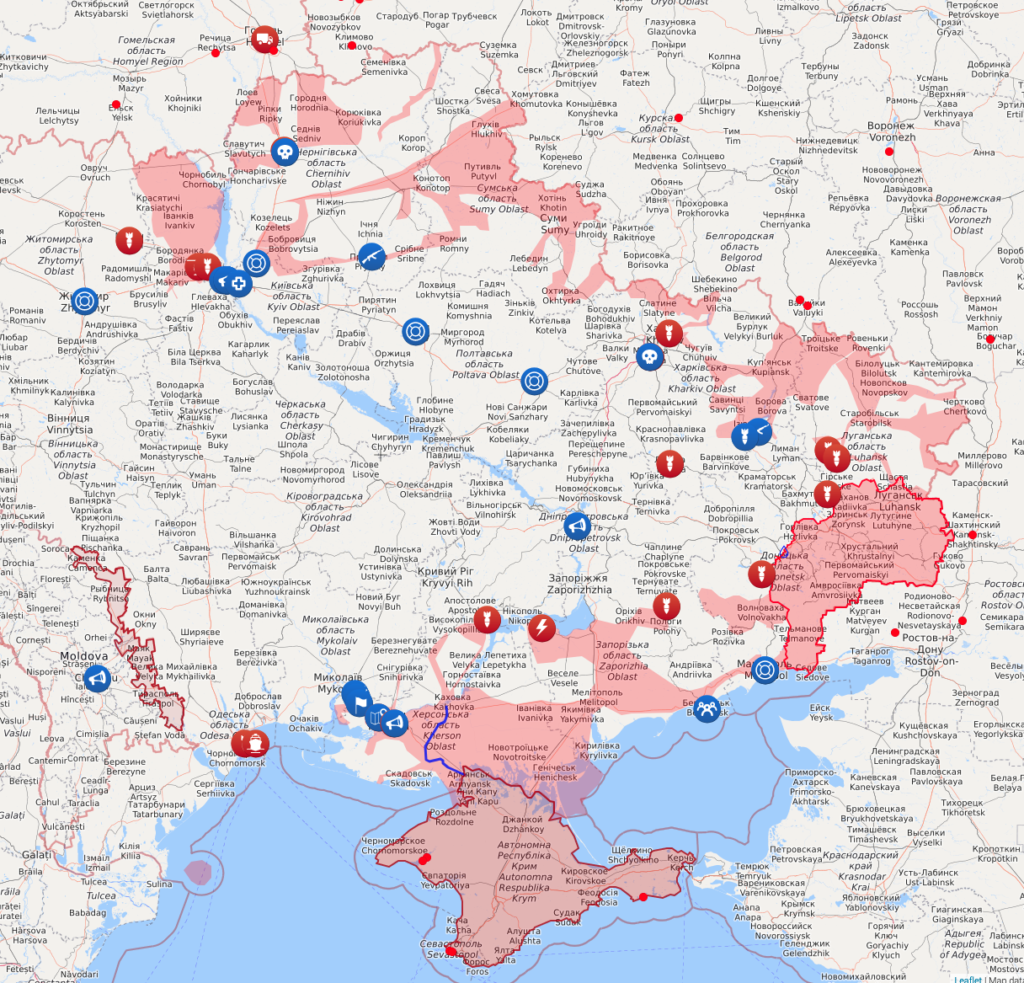Hunter Biden’s laptop takes another turn in the news cycle, Democrat-connected sex offenders are popping up everywhere, a killer camel, and the return of Florida Man. It’s the Friday LinkSwarm!
And virtual no Russo-Ukrainian War news, since I did that yesterday.

I would say that everyone outside of the Democratic Media Complex knew that two years ago, but of course, more than half the Democratic Media Complex knew that as well and simply lied about it to get Biden elected.
Got to say this treat aged pretty well.
1. The Hunter Biden laptop story was true.
2. The story implicated Joe Biden in global pay-for-play graft from countries like Russia, China and Ukraine.
3. The #DemocraticMediaComplex suppressed the story because they wanted Biden to win.— BattleSwarm (@BattleSwarmBlog) March 17, 2022
Good Morning ! pic.twitter.com/HIBil55dEn
— Rasmussen Reports (@Rasmussen_Poll) March 18, 2022
Yes. This is true. @maggieNYT @nytmike https://t.co/wfoFQRs3rn
— Richard Grenell (@RichardGrenell) March 17, 2022
The Mexican border city of Nuevo Laredo has been transformed into a warzone after the arrest of a top cartel boss. Burning vehicles littered the streets, and heavy gunfighting was reported causing the U.S. consulate to go on lockdown and the U.S. border crossing to be temporarily shut down on Monday.
The chaos erupted late Sunday when Juan Gerardo Trevino, or “El Huevo,” the leader of one faction of the Northeast Cartel, the successor group to the Zetas Cartel, was arrested. He is also a U.S. citizen, a Mexican government official told Reuters. Trevino is on the U.S. Customs and Border Protection’s (CBP) list of most wanted cartel members.
Trevino faces a U.S. extradition order for drug trafficking and money laundering.
In response to the arrest, cartel members hijacked and burned vehicles and attacked law enforcement and military personnel.
“During the night of Sunday, there were shootings, burning of trucks, and a grenade attack on the U.S. consulate,” Mexican newspaper El Occidental said.
On Monday, Nuevo Laredo Mayor Carmen Lilia Canturosas warned citizens in the border town to take cover.
According to the latest Winston Group poll, voters still believe Democrats want to defund the police by a 48%-34% margin.
“In terms of what is the position of the Democratic Party, voters tend to believe that Democrats want to defund the police, ” pollsters David Winston and Myra Miller explain. “Among groups outside the Democratic Party, Hispanics believe this is what Democrats want (49%-32%), as do suburban voters (45%-36%). Independents believe this slightly at 41%-33%, but especially conservative independents (61%-20%).”
Despite the efforts to distance themselves from the movement, some in the Democratic Party still openly support defunding the police, which means that the public will continue to believe Democrats still embrace the radical Black Lives Matter. movement, not police.
The electorate is increasingly pessimistic about the direction in which President Biden and Democrats are steering the country and feel that the party’s priorities do not align with their own.”
What’s the solution?
The pollsters advise that if Democrats want to have “a fighting chance in the midterms – as well as a shot at holding on to the presidency in 2024,” that they need to embark on a “broader course correction back to the center,” and show voters that they are focused on solving quality-of-life issues.
In short, Democrats need to reject their progressive wing and its embrace of big government spending and identity politics.
Indeed, a majority of voters (54 percent) — including 56 percent of independents — explicitly say that they want Biden and Democrats to move closer to the center and embrace more moderate policies versus embracing more liberal policies (18 percent) or staying where they are politically (13 percent).
Most voters (61 percent) also agree that Biden and Democrats are “out of touch with hardworking Americans” and “have been so focused on catering to the far-left wing of the party that they’re ignoring Americans’ day to day concerns” such as “rising prices” and “combatting violent crime.” -The Hill
The top issue for voters is inflation – which sits at its highest level in 40 years – according to 51% of respondents, followed by the economy and job creation (32%). Yet, just 16% of voters believe the economy is Biden’s main focus, and trust Republicans over Democrats to manage it (47% vs. 41%) and control inflation (48% vs. 36%).
Voters also see Biden and Democrats as weak on crime (56%) – perhaps due to four years of Democrats pushing ‘defund the police’ under Trump, while our sitting Vice President raised bail money for BLM rioters.
Judge Jackson has a pattern of letting child porn offenders off the hook for their appalling crimes, both as a judge and as a policymaker. She’s been advocating for it since law school. This goes beyond “soft on crime.” I’m concerned that this a record that endangers our children
— Josh Hawley (@HawleyMO) March 16, 2022

With the Nickel market shuttered after a Chinese stainless steel tycoon was caught with a historic, potentially fatal $8 billion margin call hanging over its head, today the London Metal Exchange announced that it will reopen its nickel market on Wednesday, more than a week after it was closed last Monday, after the Chinese company at the center of the epic short squeeze was bailed out by a consortium of banks led by JPMorgan which is also the largest counterparty to the short (for a detailed breakdown read “The 18 Minutes of Trading Chaos That Broke the Nickel Market”) .
Trading in nickel will resume after Xiang Guangda, whose massive short position equivalent to approximately 150,000 tons of nickel, sent shockwaves across the commodity market last week, announced a standstill with his banks to avoid further margin calls as Bloomberg first reported earlier. Xiang’s Tsingshan Group had been in discussions with banks led by JPMorgan about a loan facility to backstop his short position and said Monday that talks on the funding would continue during the standstill period. As a reminder, Xiang is JPMorgan’s largest counterparty, and owes Jamie Dimon several billion, money which the largest US bank would not receive unless it bailed out the Chinese firm.
If you owe the bank $100,000, you have a problem. If you owe the bank $8 billion, the bank has a problem…

My mom literally goes “hey look what happened at work” and sends me this pic.twitter.com/UnWhqwpLnM
— Residen(T) FDR Hater (@trabreee) March 15, 2022
I don’t know how these people sleep at night. pic.twitter.com/7ajLDzXDkD
— Mark Tait (@marktait78) March 15, 2022
That’s one talented tongue. 😏🤣🐶👅 pic.twitter.com/aCgWBb0UaH
— Fred Schultz (@FredSchultz35) March 17, 2022

